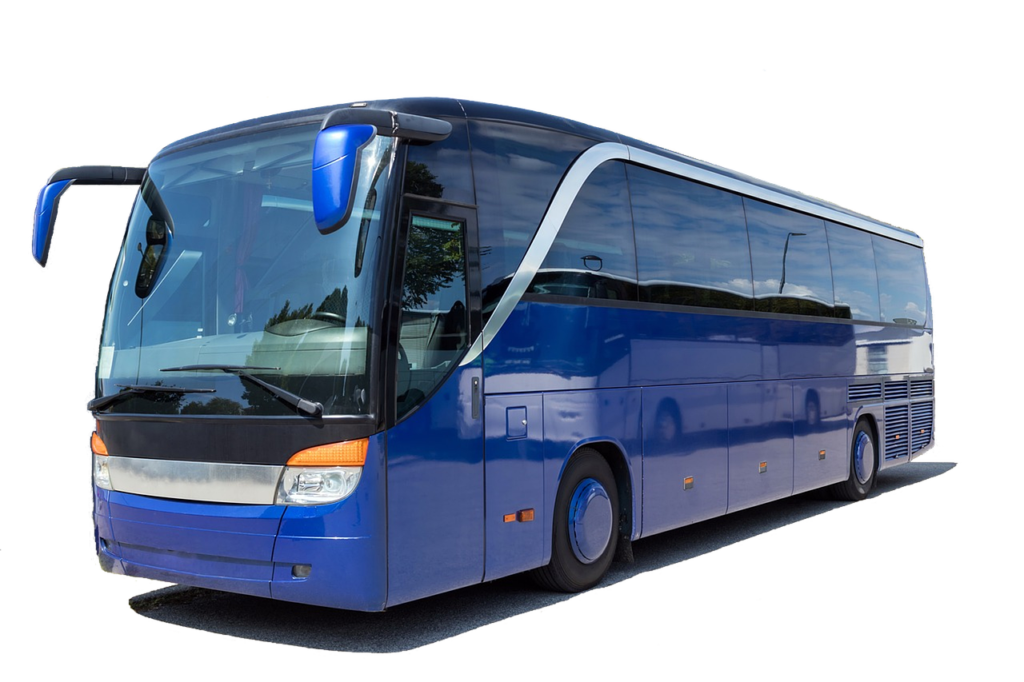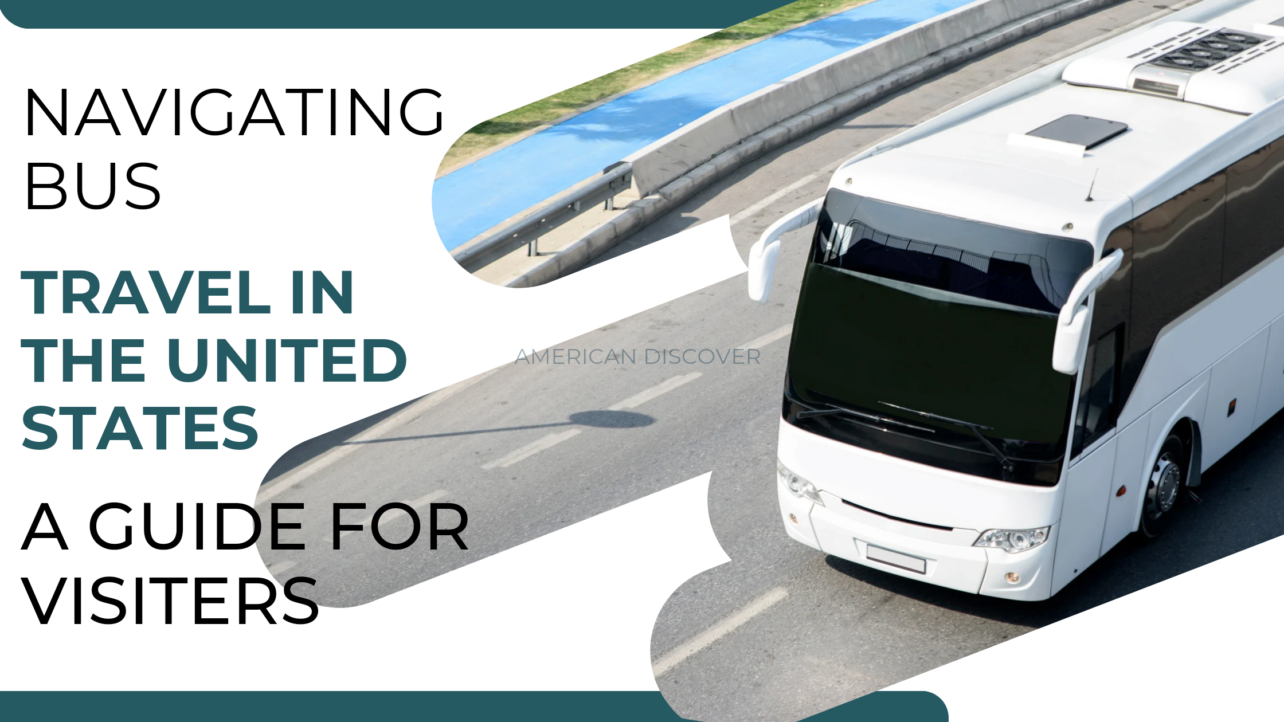This guide provides international visitors with essential insights into bus travel across the United States, helping them navigate this vast country efficiently.
Bus Travel International Visitors
In the predominantly car-centric culture of the U.S., bus travel assumes a unique role. Given the country’s expansive geography, air travel often emerges as the preferred mode of transportation between cities, offering competitive pricing when considering time and convenience. For shorter trips, driving typically tops the list for domestic travelers. Yet, for journeys under five or six hours, buses frequently stand out as the most cost-effective and often the most convenient choice. With Amtrak, the national rail service, facing funding cuts, buses may be the sole ground transportation option for numerous destinations. Travelers planning to explore major urban areas may find that renting a car is both inconvenient and expensive, making bus travel an appealing alternative.

While some Americans approach bus travel with hesitation, often perceiving it as basic, the reality is that service levels vary significantly among providers. Companies such as LuxBus in California and Transfloridian in Florida offer luxury options, featuring amenities like onboard entertainment and complimentary refreshments—services even airlines might not provide anymore. Standard bus services, however, are typically budget-friendly, with limited amenities, often opting for brief stops at roadside eateries instead of onboard meal services.
Greyhound stands as the dominant force in the U.S. bus industry, being the only nationwide carrier left. Other companies, including Trailways and Coach USA, comprise independent bus operators that collaborate on marketing and branding. Several regional players also compete with Greyhound, often sharing routes with insufficient demand to support multiple carriers—a practice reminiscent of airline “code sharing.”
A notable development in the U.S. bus scene is the rise of the “Chinatown bus” phenomenon. Originating in New York’s Chinatown, these services initially connected New York to Boston’s Chinatown, offering fares significantly lower than traditional buses and a fraction of train or air travel costs. Initially targeting Asian immigrants seeking economical travel for shopping or visiting relatives, these buses provided modern yet no-frills services—without advertising or formal bus stations. Travelers simply waited at designated stops, paying the driver upon boarding. This low-cost model quickly gained popularity among students, budget-conscious travelers, and those valuing convenience.
The model soon expanded beyond its initial scope, with similar services appearing in cities like Philadelphia, Virginia, Washington DC, Los Angeles, and San Francisco. While the term “Chinatown bus” now broadly refers to low-cost, no-frills bus services, many of these companies no longer cater specifically to immigrant communities nor operate from Chinatown locations. Safety concerns arose as these operators emerged, though all bus companies in the U.S. must adhere to uniform safety inspections and regulations.
For visitors, accessing bus schedules can be challenging as bus companies traditionally sold tickets at physical locations. While many now offer online sales through their websites, finding comprehensive route information remains difficult compared to air travel. A resource like GotoBus.com provides a centralized booking platform akin to Expedia or Travelocity, allowing travelers to compare options and purchase tickets from various bus and tour operators.
- Alexa Echo Hub: Reviews & Buying Guide
- Security Alert: All iPhone Users Must Update to iOS 18.2 Immediately
- 10 Must-See Gadgets from 2024: A Dezeen Review
- Google’s Feature Drop: Gemini Upgrades and Improved Accessibility
- Indulge in Darkness: Two Decadent Dark Chocolate Recipes



No comments yet